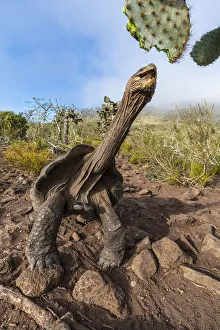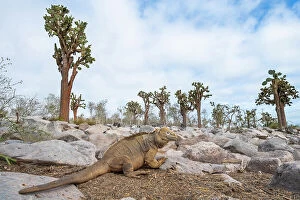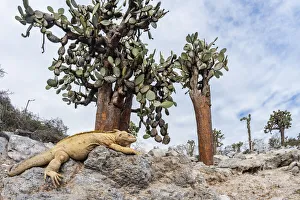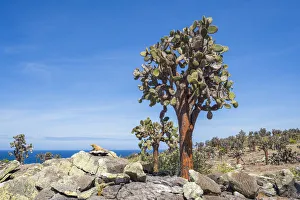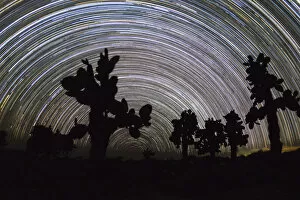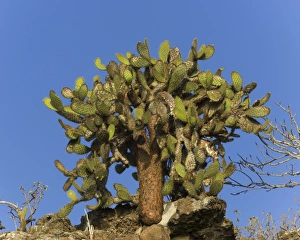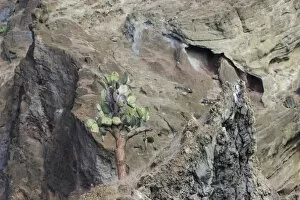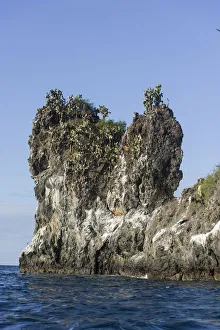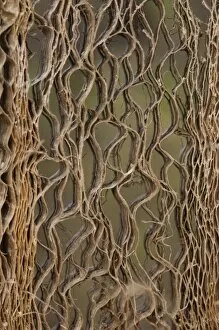Opuntia Echios Collection
The enchanting Santa Fe Island in the Galapagos Islands, Ecuador is home to a remarkable sight - the Opuntia echios forest
All Professionally Made to Order for Quick Shipping
The enchanting Santa Fe Island in the Galapagos Islands, Ecuador is home to a remarkable sight - the Opuntia echios forest. Amongst this unique ecosystem, you can spot various fascinating creatures thriving in harmony. One such inhabitant is the Santa Fe land iguana (Conolophus pallidus), gracefully navigating through the Giant prickly pear cactus (Opuntia echios) forest. These majestic reptiles add an air of mystique to their surroundings. Not far away, a Galapagos sea lion (Zalophus wollebaeki) finds solace amidst the towering Opuntia echios trees. Its playful nature perfectly complements the serenity of this natural wonderland. Venturing further into this captivating landscape reveals another incredible species - the Pinzon giant tortoise (Chelonoidis duncanensis). This saddleback type tortoise thrives on arid islands and adds a touch of ancient wisdom to its surroundings. Intriguing encounters continue as you stumble upon a Santa Fe land iguana basking next to a magnificent Tree Prickly pear (Opuntia echios). The contrast between these two marvels showcases nature's ability to create stunning juxtapositions. As night falls, silhouettes of Tree prickly pear (Opuntia echios) trees stand against star trails, creating an ethereal spectacle that leaves observers in awe of our universe's wonders. Moving beyond Santa Fe Island, Espanola saddelback tortoises (Chelonoidis hoodensis) wander through forests adorned with Tree prickly pears. Their slow yet purposeful strides remind us of life's gentle rhythms. On South Plaza Island lies another endemic treasure - Giant Prickly Pear cactus (Opuntia), standing tall and proud against all odds. It symbolizes resilience and adaptability within Ecuador's diverse ecosystem.

